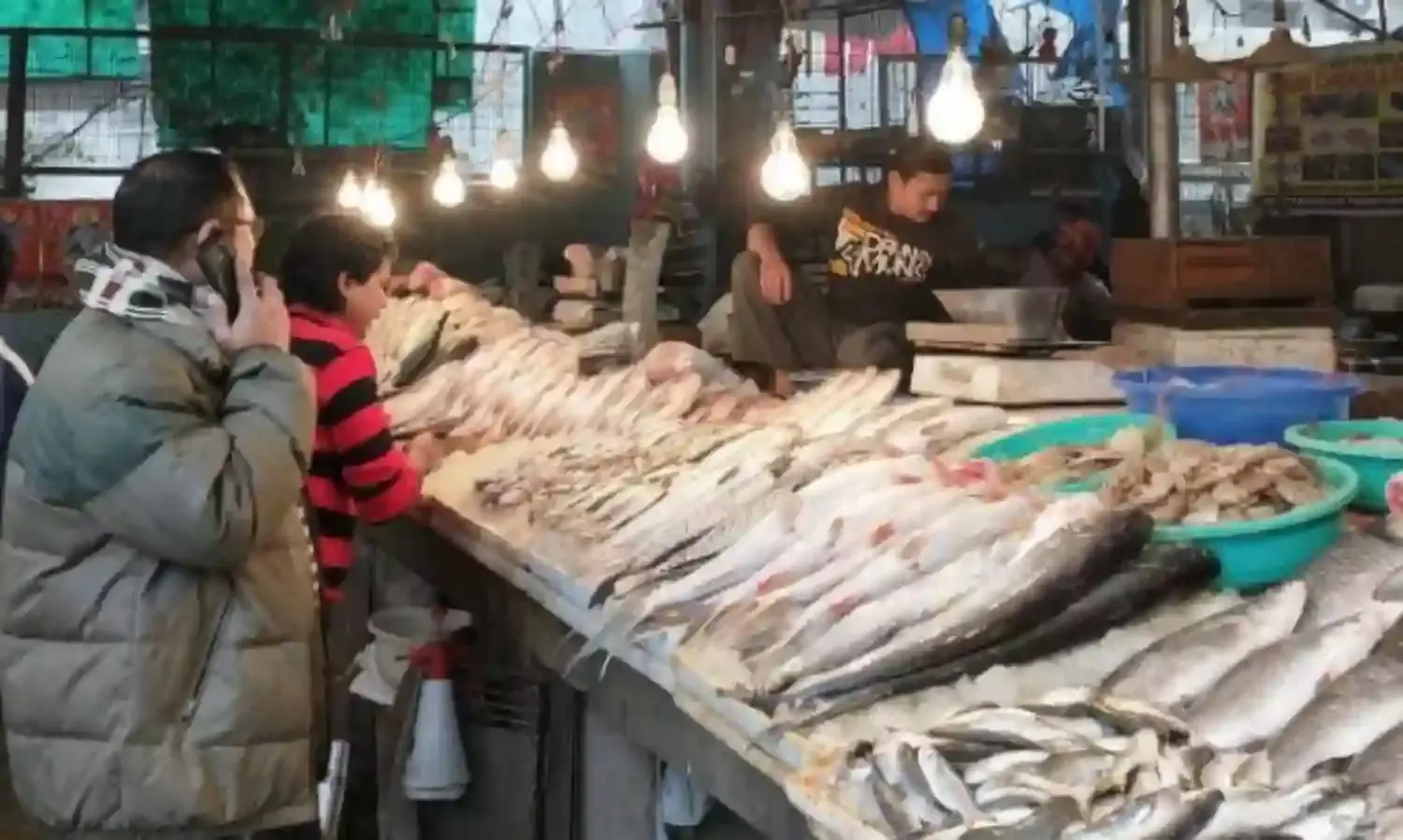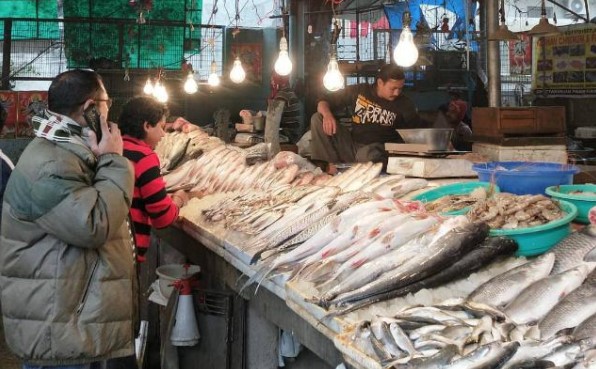Delhi’s Fishing Industry Sees Supply Crash from Coastal States
‘Around 12 projects of ours which were supposed to start by now have not seen the light of the day’

Delhi’s beleaguered fishing industry is in trouble coping with erratic and prolonged monsoon patterns due to global heating. During the past month the city has faced a shortage of fish due to short supply from coastal cities, as untimely rainfall continues in some parts of the country. Being a landlocked city, Delhi gets the major chunk of its fish from coastal states like Gujarat, Odisha, West Bengal and Andhra Pradesh.
“The breeding season of fish normally starts around late August. This year it has been delayed as the monsoon has stretched beyond its normal pattern,” said Sajan M Gupta, CEO of Nagodas Fish Farming and Consultancy Private Limited. He says the changing pattern has been observed for a few years now, but this year the shifts in rain and in the marine environment have severely disrupted the rhythm of the fishing industry across India.
“Around 12 projects of ours which were supposed to start by now have not seen the light of the day. We faced a dearth of supply as the best harbours of the country which include Gujarat, Odisha and West Bengal were not functional in full form for fishing due to the rains,” said Gupta. “Our work comprises fish cultivation and supplying fish to the hotels of Delhi NCR, Agra, Lucknow and Mumbai. All of this went through a rough patch.”
Almost all fish retailers in Delhi get their supply from the Ghazipur wholesale mandi. “This mandi is the centre for the distribution of a myriad variety of fish in Delhi. Our businesses suffered due to the monsoon season this year,” said a trader at the mandi. He thinks this has been the worst-hit season of the year.
“Delay at one end has naturally delayed everything for us. First the lockdown and now this shortage is taking a huge toll on us,” said Mohammad Kamar whose supply of fish comes from Visakhapatnam and Maharashtra via the Ghazipur mandi. Kamar runs an eponymous fish shop in Chandni Chowk.
From fishermen to hotel chefs, every link in the chain has tailored their own safety nets to manoeuvre around the scenario. The fishermen who are at the frontlines, both physically and financially, are adapting to the hostile situation.
“They are recalibrating their understanding as their engagement with their occupation demands. This includes [understanding] new patterns of spawning of fish and also changing the types of gears,” said Naveen Namboothri, director of the Dakshin Foundation, an NGO committed to environmental sustainability and social justice for fishing communities.
Retail shop owners have resorted to selling river fish instead of sea fish to make up the shortfall. “White and black pomfrets from Gujarat usually have a good sale. As they were unavailable for quite some time, we relied on river water fish from Andhra Pradesh,” said Samuel Watharkar, owner of a retail fish shop in INA, Delhi.
Besides extreme overfishing and river pollution, such crises are the direct result of our refusal to address global heating. India’s fishing industry is anchored majorly around the Indian Ocean, where according to the Indian Ocean Rim Association there has been a decrease in fish stocks over the past year. An estimated 47% of 441 marine stocks are fully exploited, 18% are overexploited, 9% are depleted and 1% are recovering.
Meanwhile according to the IPCC the Indian Ocean, which includes the Arabian Sea and the Bay of Bengal, is warming at a faster rate than all the other oceans of the world. Its level is increasing by approximately 3.7 mm annually.
The grave situation intimated by various studies like these is yielding a few results. Recently the civic authority of Mumbai, the Brihanmumbai Municipal Corporation announced the creation of a climate adaptation and mitigation plan, inviting experts to submit proposals for the same.
The Central Marine Fisheries Research Institute has also published a research project called ‘Impacts, Vulnerabilities and Adaptation Strategies for Marine Fisheries in India’ with the support of the Union Ministry of Environment, Forest and Climate Change.
Although global heating is caused principally by industrial emissions of greenhouse gases and deforestation for agriculture, mining and other forms of exploitation, these mitigation strategies focus on fishing communities themselves.
The study recommends strategies like adopting climate-friendly technologies, or green practices for fishing like cultivation of halophytes and intensification of seaweed farming along the Indian coastal region. It also recommends capacity building to make fishers climate-smart.
To maintain a healthy stock of marine fishes, ICAR-CMFRI carried out scientific studies and recommended that the government implement a minimum legal size of capture for 58 marine species off the Kerala coast, so as not to interfere with breeding.
This could be used as a management tool for sustainable fisheries, and each maritime state could carry out such scientific studies and species prioritization, upon which the government or enforcement agencies could take action. The data could be periodically updated, the study suggests.




